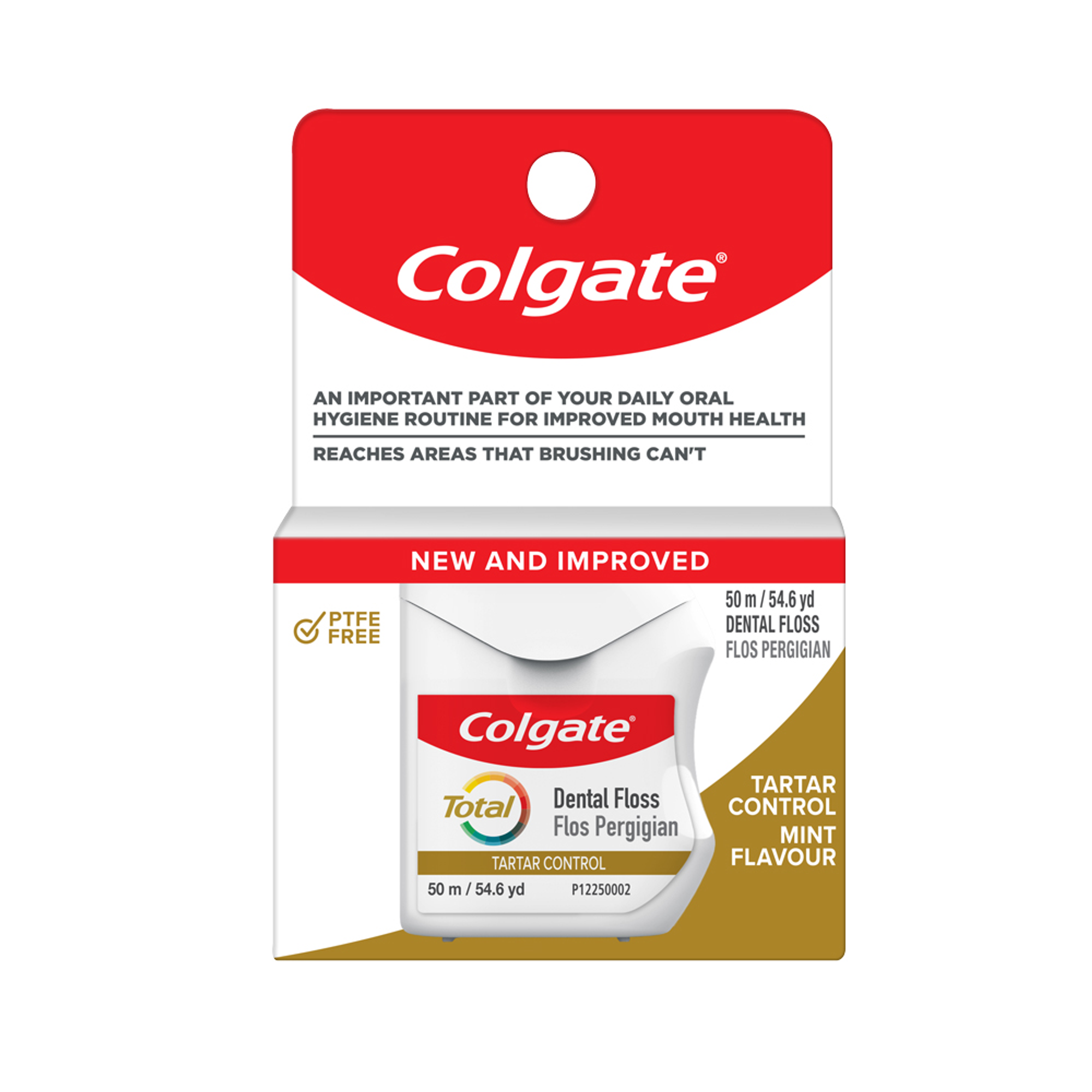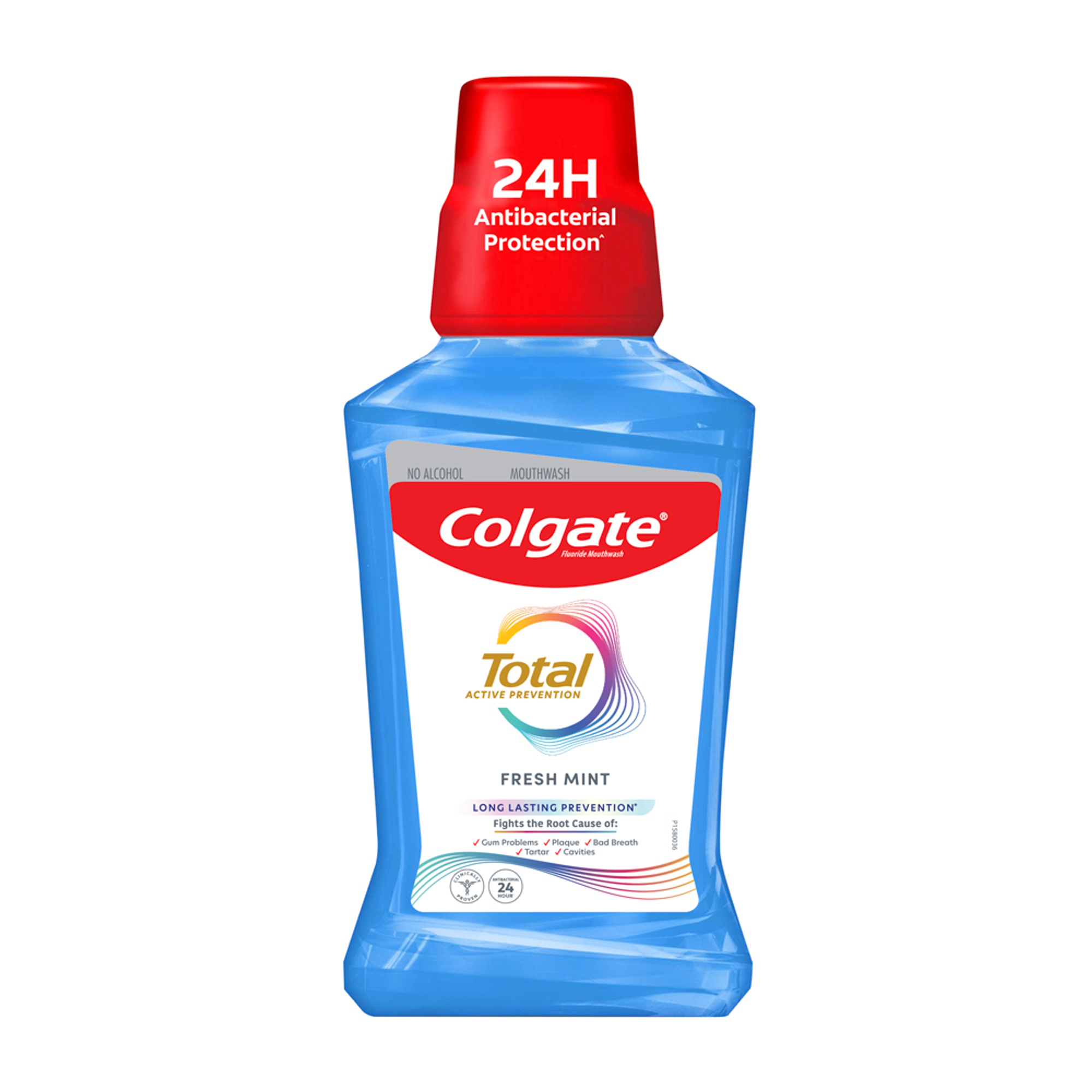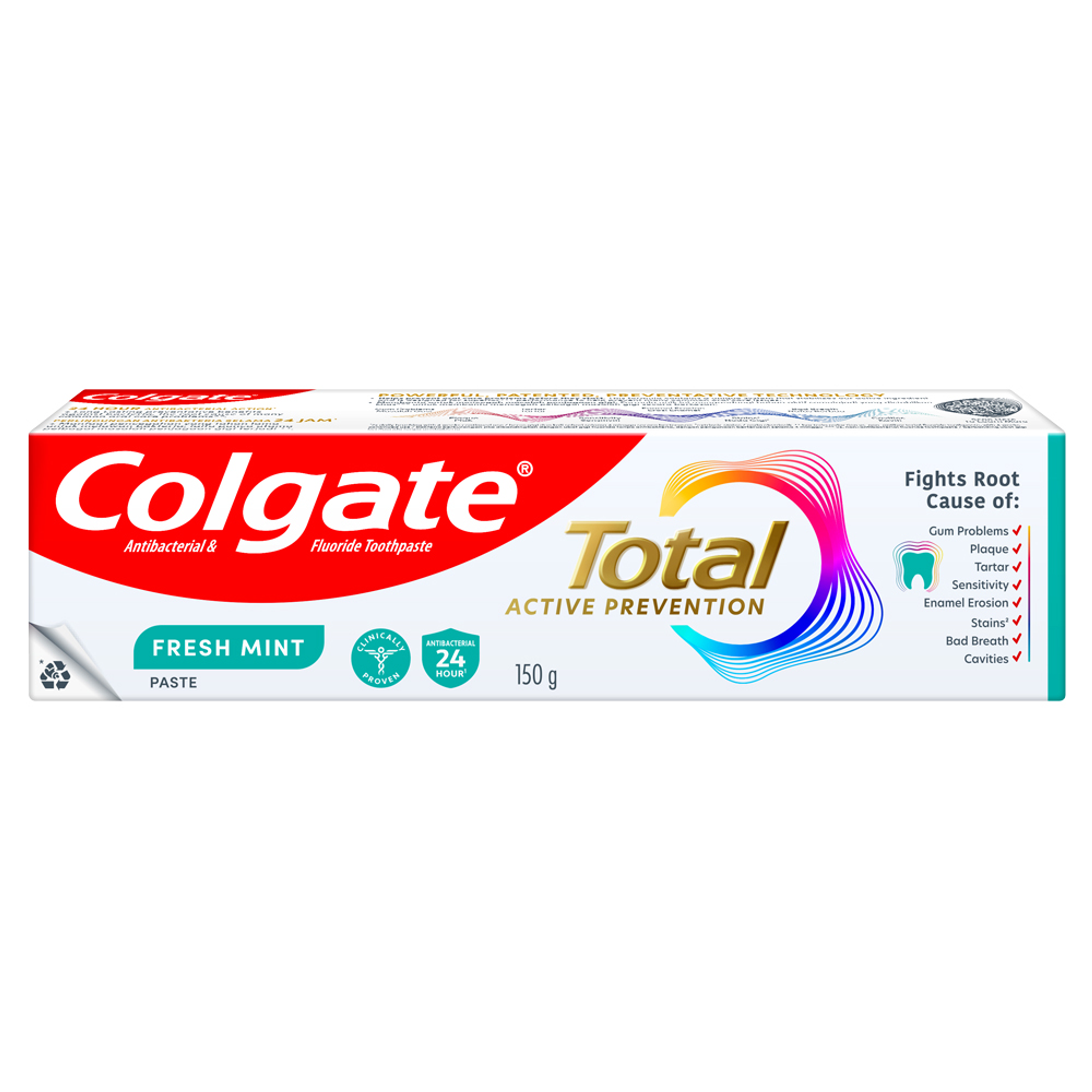- Oral Health and Dental Care | Colgate®
- Oral Health
- What Are the Signs of Gum Disease?


Gum disease goes through a progression of stages, with the early ones being reversible and the later ones posing a serious risk to your oral health. Regular dental visits are vital for monitoring the health of your gums, but watching for symptoms of the problem at home allows you to take a proactive role in caring for your mouth.
What are the Signs of Gum Disease?
Some are minor and may not raise a red flag, while others are concerning and indicate an obvious problem. At the first signs of gum disease, your dentist and dental hygienist will give you instructions for stopping it in its tracks, provided you know there is a problem. Watch for these early signs of gum disease and contact your dental care provider right away if they appear.
The first stage of gum disease, also called gingivitis, is reversible and occurs when plaque buildup allows bacteria to infect your gums. You might notice a slight irritation along your gumline, along with bleeding when you brush and floss. Many people write these symptoms off as a sensitive mouth or brushing too harshly, without realizing that they might be heading toward a more serious oral health problem.
Prevention
While proper brushing and flossing go a long way toward keeping gum disease at bay, regular dental visits are important for removing harmful plaque and preventing gingivitis. In general, brush your upper and lower teeth gently at a 45 degree angle toward the gumline using short back and forth strokes against the teeth and gumline. Use the tip of the brush to reach behind each front tooth, on the top and bottom. Do this each morning and each night. Additionally, floss once a day to remove debris stuck between your teeth. Rinse your mouth well to get rid of food particles and bacteria. See your dentist once or twice a year for a professional cleaning.
What are the signs of gum disease? They might sneak up on you, but if you see any changes in your mouth, make a call to your dentist. A check-up can give you peace of mind and allow your dentist to watch the status of early gum disease.
Related Articles

You're relaxing after a day at work or spending time with your family when you feel a sharp pain in your mouth. If you have a history of dental problems – such as infection in gums, teeth or even cavities – the pain could be related to a dental abscess.There are two types of dental abscess: A periapical, or tooth abscess, affects the root of the tooth. The other type, a periodontal (gum) abscess, affects the gums. The latter usually occurs in severe cases of periodontal disease, when the gums have pulled away from the teeth, causing pockets to form. Both types of abscess consist of small pockets that fill with bacterial pus. With the right treatment, you can recover from either type and regain control of your oral health.

Flossing is important for good oral health. If you have difficulty using string floss, talk to your dentist about alternatives, like a water flosser.

Related Products

Helping dental professionals
More professionals across the world trust Colgate. Find resources, products, and information to give your patients a healthier future










